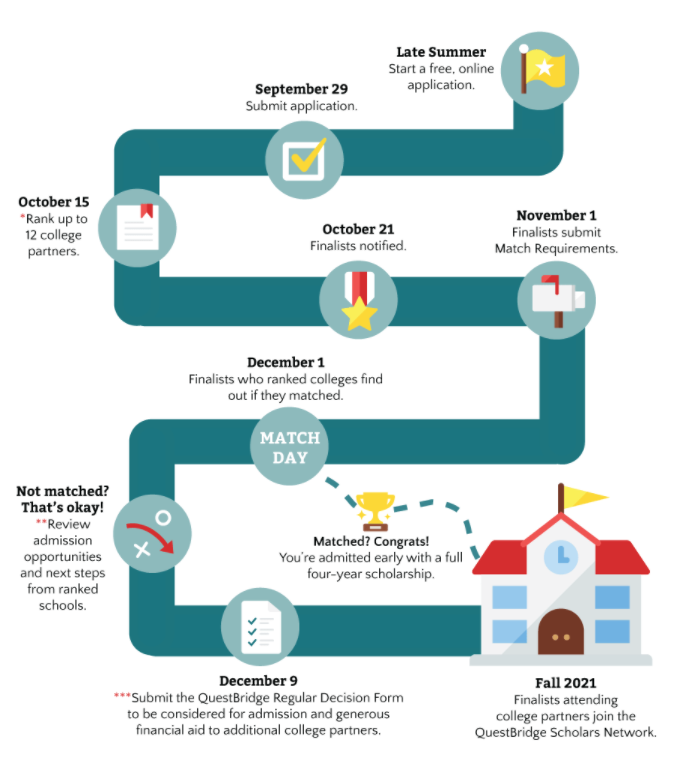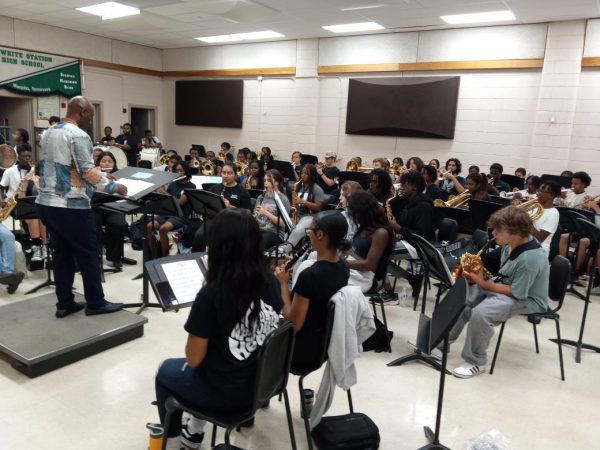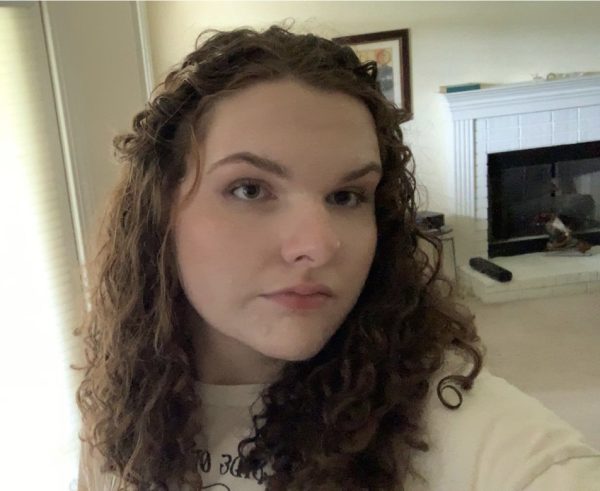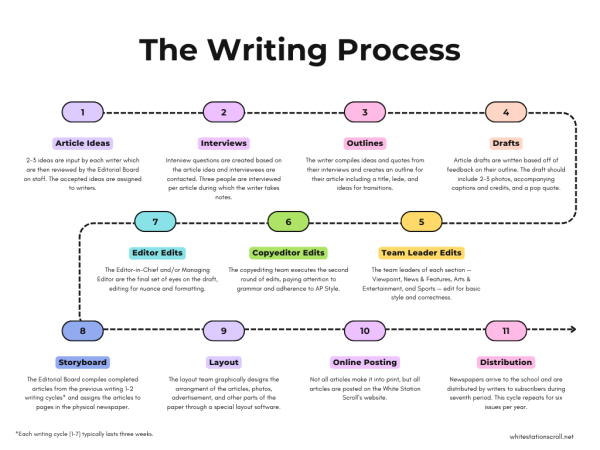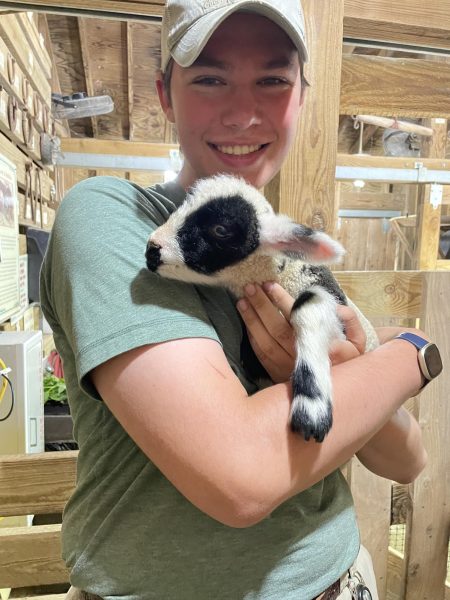Disadvantaged but dedicated: low-income students admitted as QuestBridge finalists
Candidates begin gathering essay requirements and other materials during the summer in preparation of the late-Sept. Deadline. Until an applicant is either rejected as a finalist or notified of their admission status to a university, the path from September to college is filled with impending deadlines.
While underprivileged yet academically gifted students like Anahis Luna (12) and Kiersten Freeman (12) ponder the challenges of affording higher education, the national QuestBridge Scholarship Program serves to finance their endeavors towards earning a college degree. As a nonprofit organization, QuestBridge partners with select universities through the National College Match Application, offering finalists full-ride scholarships to each of their top-choice universities in which they are accepted.
“QuestBridge is targeted for low-income students, so anyone under the $65,000 income bracket… It’s supposed to be targeted to low-income but high-achieving students,” Luna said.
Because QuestBridge partners with elite universities such as Princeton, Stanford and MIT, a finalist’s application must have strong academic components in order to compete with other applicants. As a result, the typical scholarship finalist obtains primarily A’s in the highest courses available (honors, AP or IB) and maintains a class rank above the 90th percentile.
“We seek students who have demonstrated a level of academic achievement that meets or exceeds the admissions standards of our colleges,” QuestBridge’s website said.
The first step in this competitive process is the general application which is open to thousands of students from underprivileged families from July 23 to Sept. 29. Candidates submit two supplemental essays, information on their academic and extracurricular activities and letters of recommendation from teachers and counselors. In the three-week period before finalist results, there is a time crunch for applicants to submit their Match Rankings Form. Choosing from a pool of 42 prestigious colleges and universities partnered with the National College Match, applicants create a rank list of 10 to 12 colleges with the most preferred colleges at the top.
“After that…you have to immediately rank your colleges… and turn in all of the requirements,” Luna said.
Luna, attracted to smaller liberal arts colleges in hopes of studying ethnic studies and humanities, placed Amherst College and Brown University at the top of her list. Freeman, though, took notice of the University of Pennsylvania and the University of Chicago, and aims to major in public health. When it’s time to submit applications to colleges, each candidate must gather requirements and write supplements for each college on their rank list.
“In a way, it’s similar to using the Common App,” Freeman said. “You have to compile counselor recommendations, teacher recommendations and all that onto one portal through the QuestBridge website.”
Luna and Freeman were notified of their finalist status on Oct. 22, though only ten days remained until the Nov. 1 deadline to apply to every college on their rank lists.
“December 1 – that’s called match day – and that’s when applicants will find out if they match with a college,” Freeman said. “You match with the college that accepts you [and that is] highest on your rank list,”
When Match Day arrived, Luna was notified that she had been admitted into Brown University – her top choice school. With a full-ride tuition into the college of her dreams, the National College Match has given her a life-changing possibility.
“I think I always knew that going to college would be an uphill battle, especially being able to pay for it,” said Luna. “So really being able to find about QuestBridge and their full tuition scholarship… it definitely served as a bit of hope that I did have.”
In 2020’s college application cycle, over 18,500 students applied for the QuestBridge Scholarship Program. Out of the 6,885 finalists of the scholarship, only 1,464 finalists were matched with a college or university through the National College Match. While these numbers appear to be discouraging, Freeman and other finalists who are still waiting for admission have other and potentially more favorable options.
“Not every single college match finalist does get accepted for the full ride match,” Freeman said. “But after that, the schools can choose to roll you over into their early decision or regular decision round, and you can also apply for financial aid through that, which some people get really good financial aid.”
In 2019, roughly 2,000 finalists were accepted into a QuestBridge-partnered university through the QuestBridge Early Decision Program – a much higher number than those admitted through the National College Match. Finalists will receive their acceptance letters in spring, and are likely to receive fantastic financial aid offers. With federal grants potentially covering most or all of the four years of tuition, the QuestBridge Early Decision Program ensures that all finalists can strive to attend the college of their strongest interest regardless of price.
“One of the first things I do check [in colleges] is financial aid, and if they don’t always provide a lot of financial aid, then it’s kind of immediately off my list. So [QuestBridge] really affects my college choices,” Luna said.
Your donation will support the student journalists of White Station High School. Your contribution will allow us to purchase equipment and cover our annual website hosting costs.



































